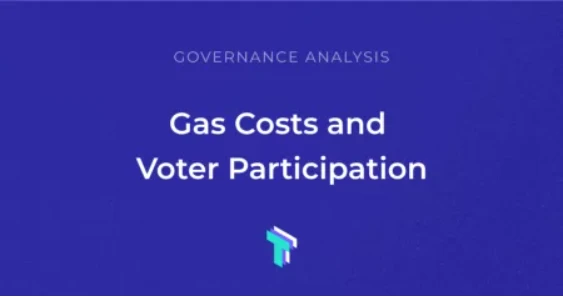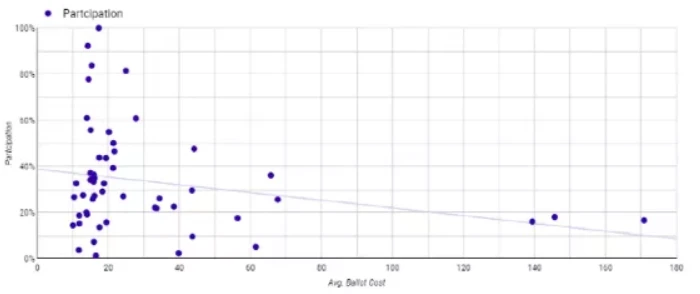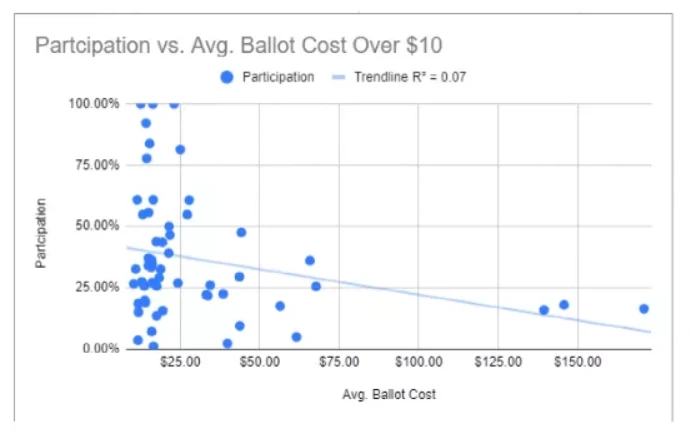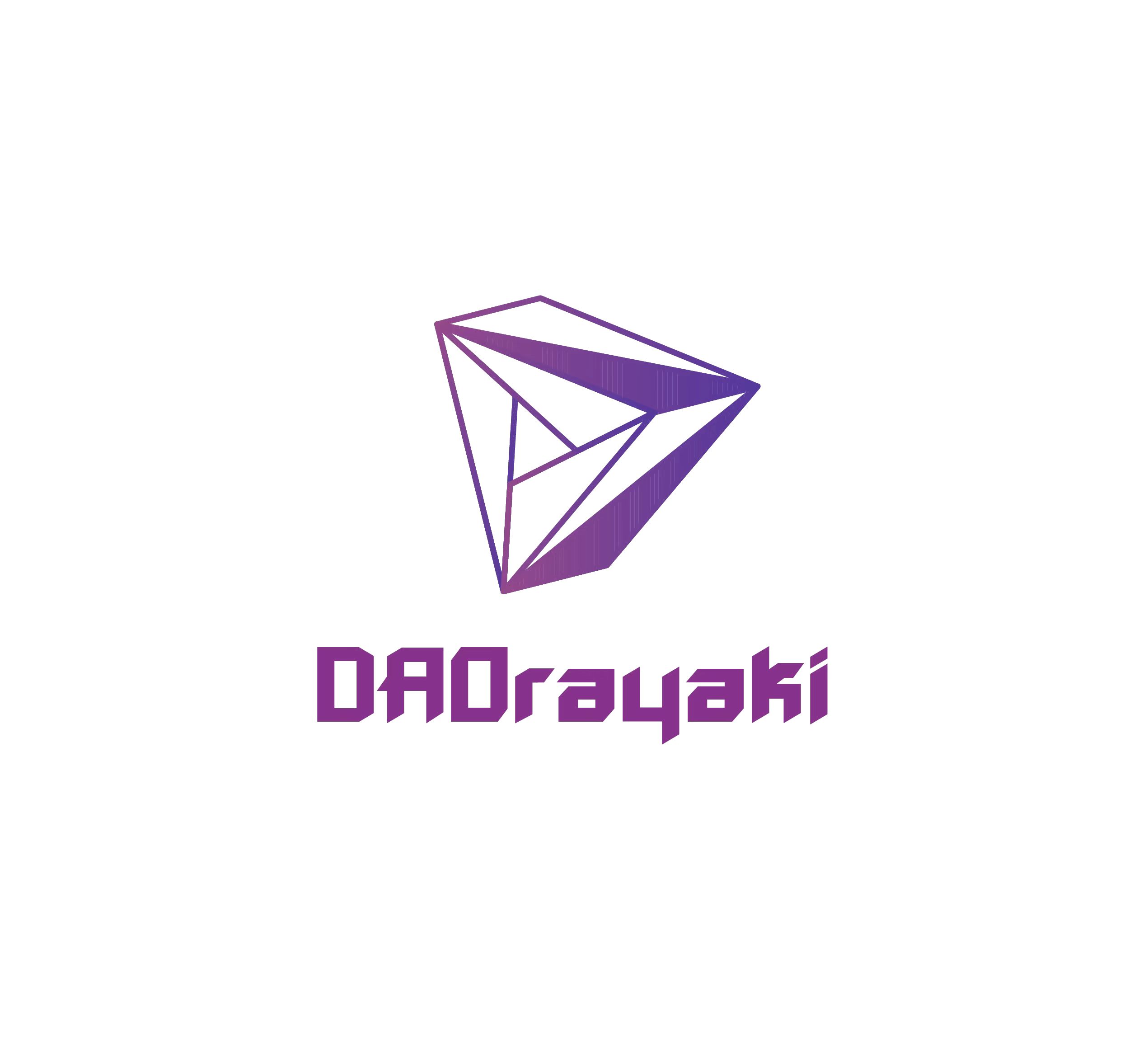DAOrayaki DAO Research Bonus Pool:
Funding address: 0xCd7da526f5C943126fa9E6f63b7774fA89E88d71
Voting Progress: DAO Committee 4/7 passed
DAOrayaki DAO Research Bonus Pool:
Funding address: 0xCd7da526f5C943126fa9E6f63b7774fA89E88d71
Total bounty: 70 USDC
Contributors: Dewei, DAOctor @DAOrayaki
Types of research: DAO, Costs and Participation, Gas costs,
Original Author: Tally
Original: Gas Costs and Voter Participation

The choice of protocol governance mechanism has a great impact on the protocols success and future development path. On-chain governance frameworks such as Compound’s Governor Bravo allow for trustless execution of proposal outcomes, which provides greater decentralization but requires users to pay transaction fees to participate. On the other hand, off-chain voting mechanisms like Snapshot support discretionary voting, but cannot be automated and involve additional trust assumptions (e.g., trusting multi-signatures to properly track vote results).
Protocols must weigh the benefits of greater participation against the risks of centralization. But before they can start thinking about this tradeoff, they need to better understand how transaction costs and gas affect participation in an on-chain protocol. Guest contributor Raphael provides a data-driven analysis with some surprising findings about decentralized protocols.
We attempt to answer this question through a data-first approach. Below we share our findings and quantify the correlation between transaction costs and voting.
Summarize
If youre not too interested in methodology, you can skip to the Results section below.
secondary title
Summarize
In our entire dataset of 110 proposals and over 5,000 ballots, voting costs accounted for only 2% of the variance. In other words, there is no correlation.
However, filtering out proposals with an average cost below $10 increases the relevance to 7%. Further filtering out proposals below $20 improves the correlation further to 18.5%.
In conclusion, cost does affect engagement, and as cost increases, engagement becomes more and more influential. However, 18.5% is still objectively low, suggesting that other factors have a greater influence.
secondary title
lCompound
lIdle
lIndexed
lInverse
lPool Together
To learn more about the analysis process, see this section.
Experimental Design: Figure out how to quantify the relationship between transaction costs and governance participation.
Our research covers five DAO proposals. They are:
We collect individual voting data in each DAO and group it by proposal.
To quantify the correlation between voting participation and transaction costs, we first need to define these two variables.
Define Proposal Engagement
We define governance participation for a given proposal as:
Number of votes cast / maximum number of votes cast for a single proposal in the same DAO
This simple approach helps control the natural variance in DAOs in size and participation. The result is a simple percentage that captures participation for a given proposal.
One quirk is that we cannot collect the exact gas used in the transaction (we can only collect the gas limit).
result
This makes our stated transaction costs higher than what voters actually spend. However, given that voters set the limit, we believe this represents the amount voters are willing to pay.

secondary title
result
With our dataset in hand, we can proceed to analysis. We start by looking at all the data points.
As you might expect, the trendline shows that as the cost of voting increases, participation decreases. However, when we look at the actual correlation, it reveals a different story.
The Pearson coefficient is only 2%, which basically means there is no correlation.

One idea is that when the nominal voting cost is small, changes should have no impact on participation. For example, should we expect a 5-cent difference to affect engagement?
Here, we removed all proposals with an average voting cost of less than $10. And, we actually saw the Pearson coefficient more than triple to 7%.
Along the same lines, we can assume that the change from $10 to $10.50 should not affect the participation rate.
Below, we remove all data points where the average vote cost is less than $20. Again, we see the Pearson coefficient, this time all the way up to 18.5%.
secondary title
How, then, do we account for these differing views?
Whether or not we filter the participation data by voting cost, we see two consistent results:
1. All charts show a negative trendline, and
Intuitively, below a certain threshold, changes in transaction costs do not affect participation. Therefore, it is appropriate to filter out proposals below a certain amount, indicating a contribution to the drop in engagement between 11% and 18.5%.
Nonetheless, this is a rather low Pearson squared value and highlights the reality that there are many confounding variables.
Possible examples include the importance of the proposal, the current popularity of the protocol, the size and date of the protocol, etc.
secondary title
You can filter by DAO to see how participation in the protocol is individually correlated. Ironically, Inverse participation is actually negatively correlated (as transaction prices rise, so does participation).
Next step
Additionally, you can limit which proposals are included in the dataset by averaging voting costs.
secondary title
Next step
To deepen our understanding of the impact of participation costs, we should enrich our datasets.
1. Divide addresses according to the number of votes passed
3/ Introduce measures to control the drift of active representation over time
secondary title
Build database, add more DAOs, proposals and price points










